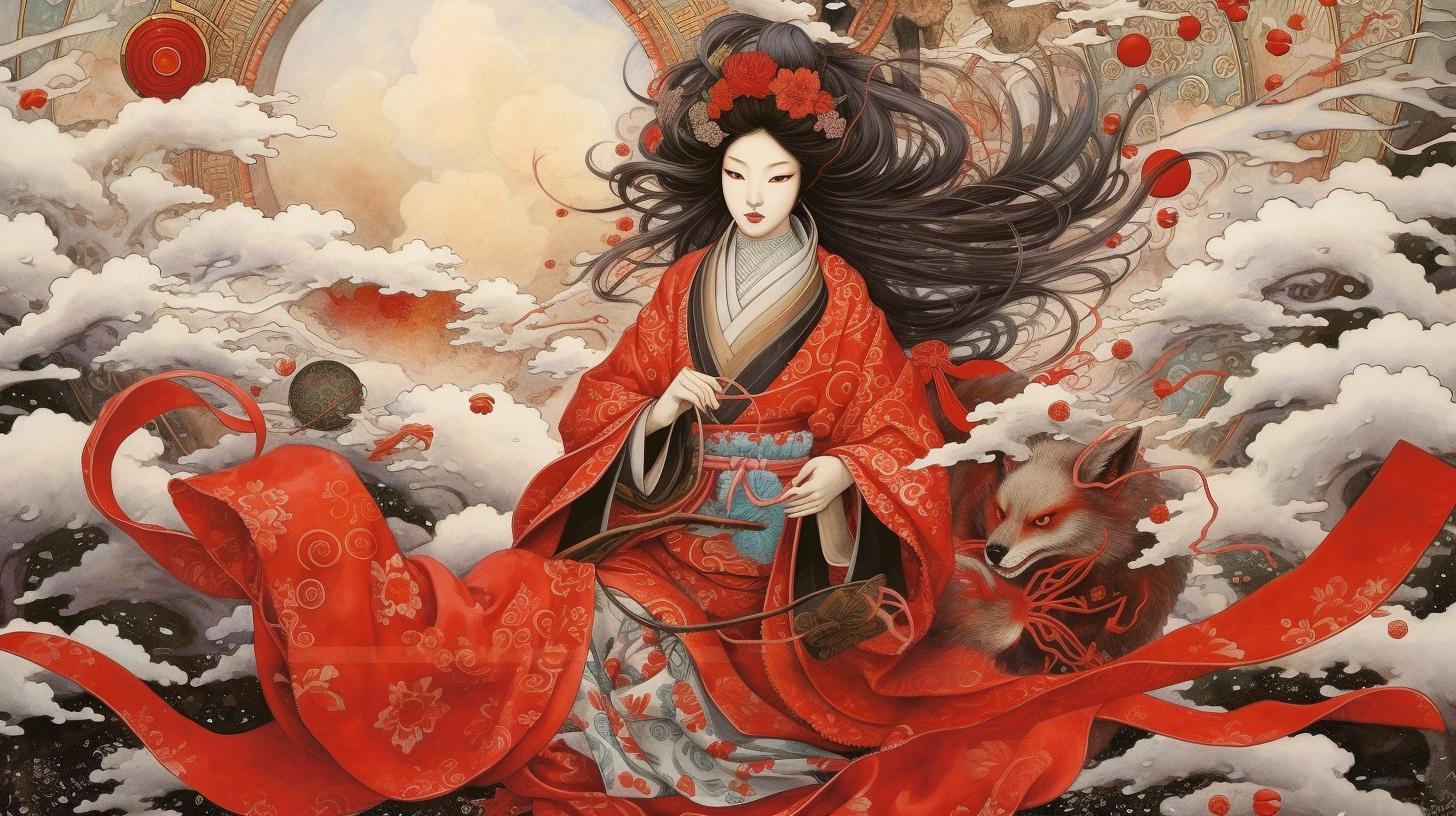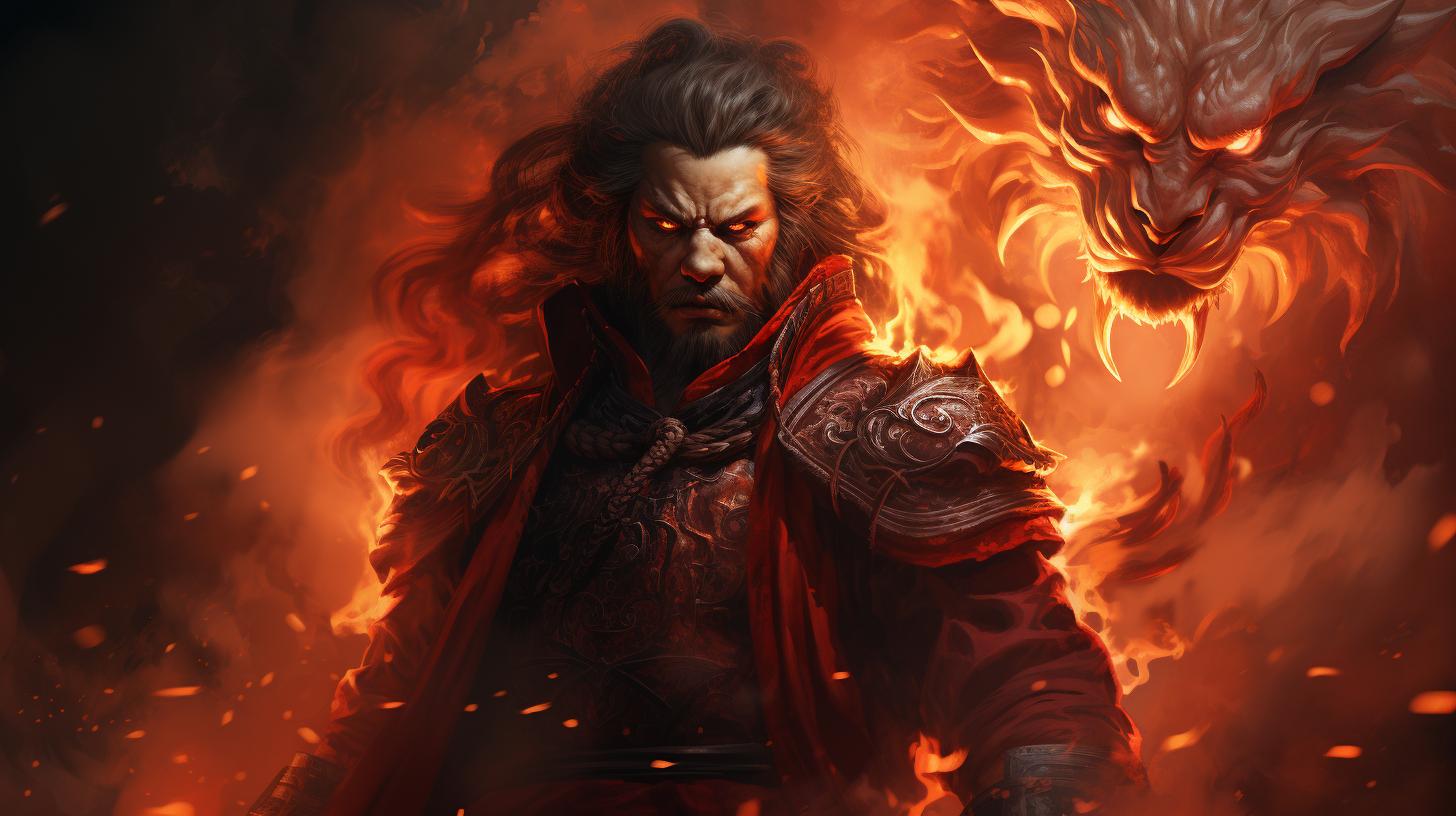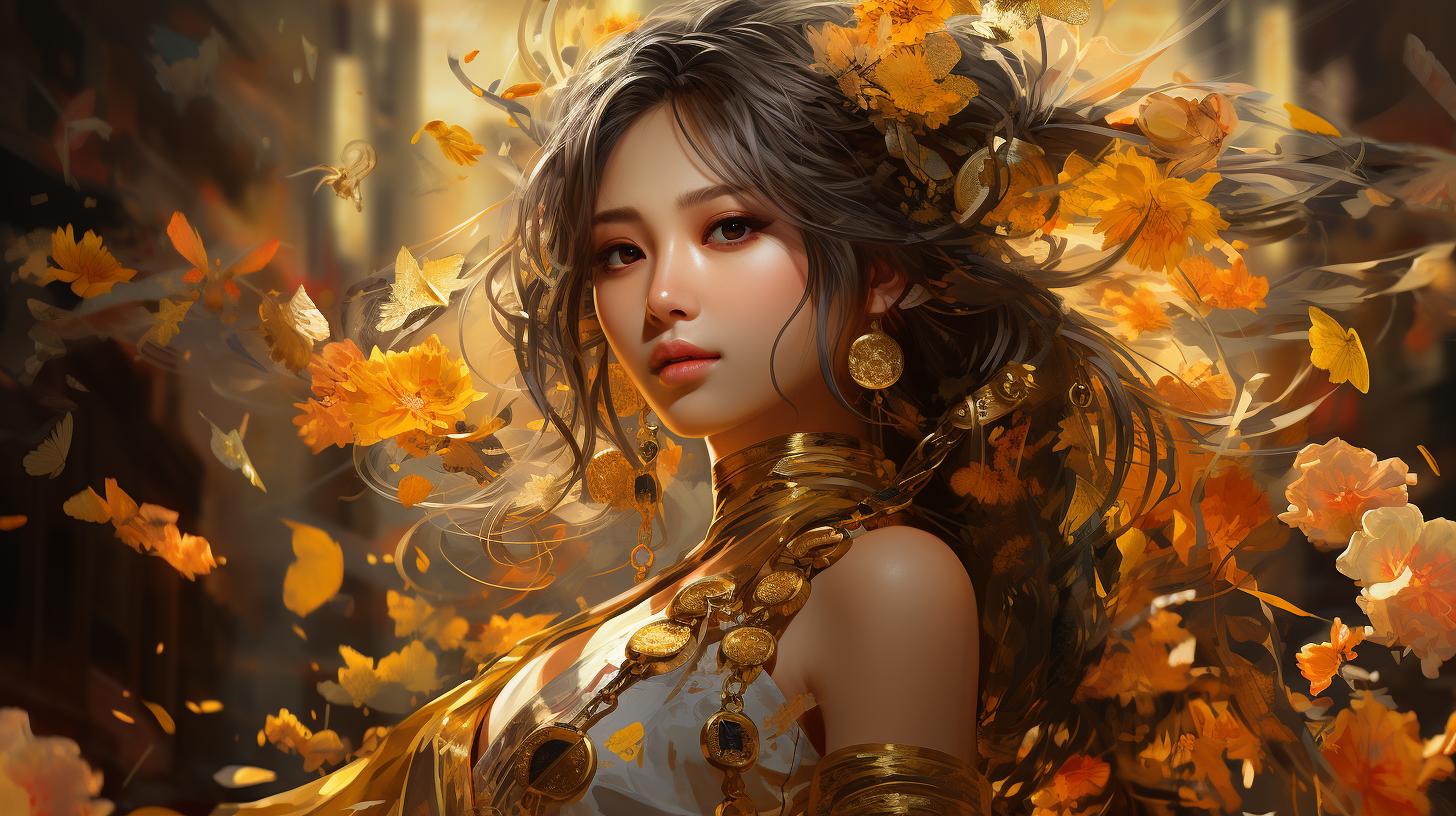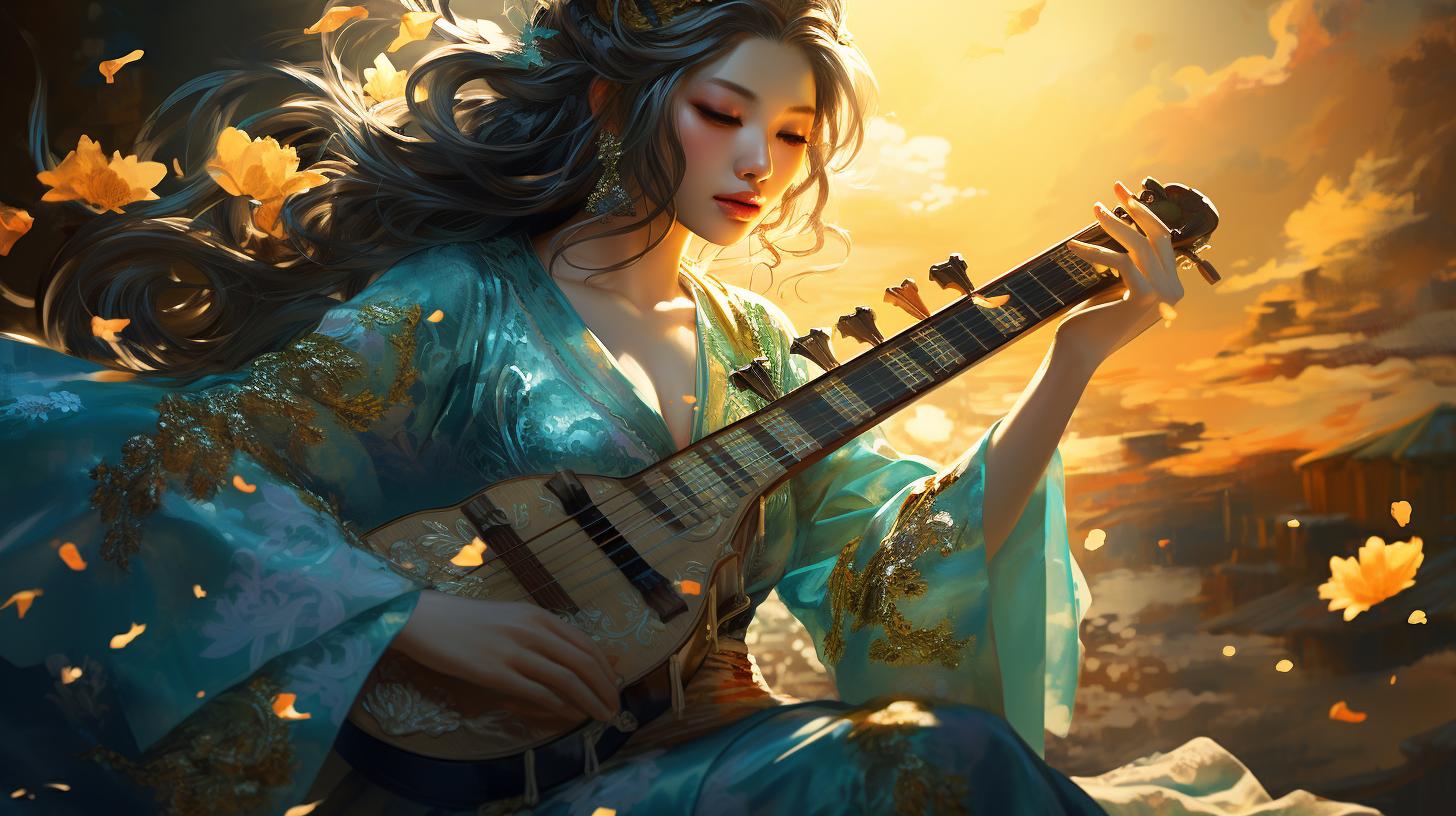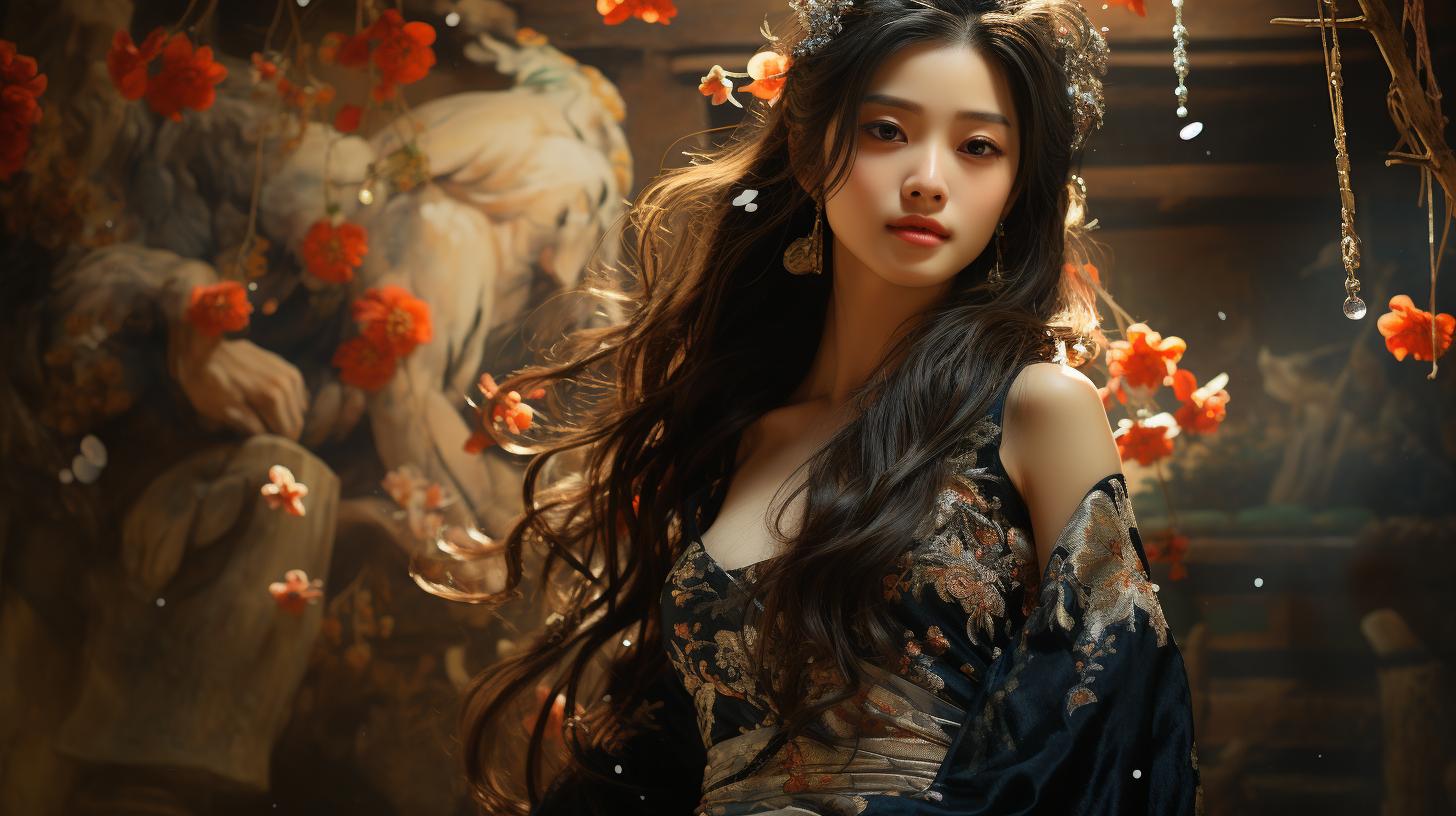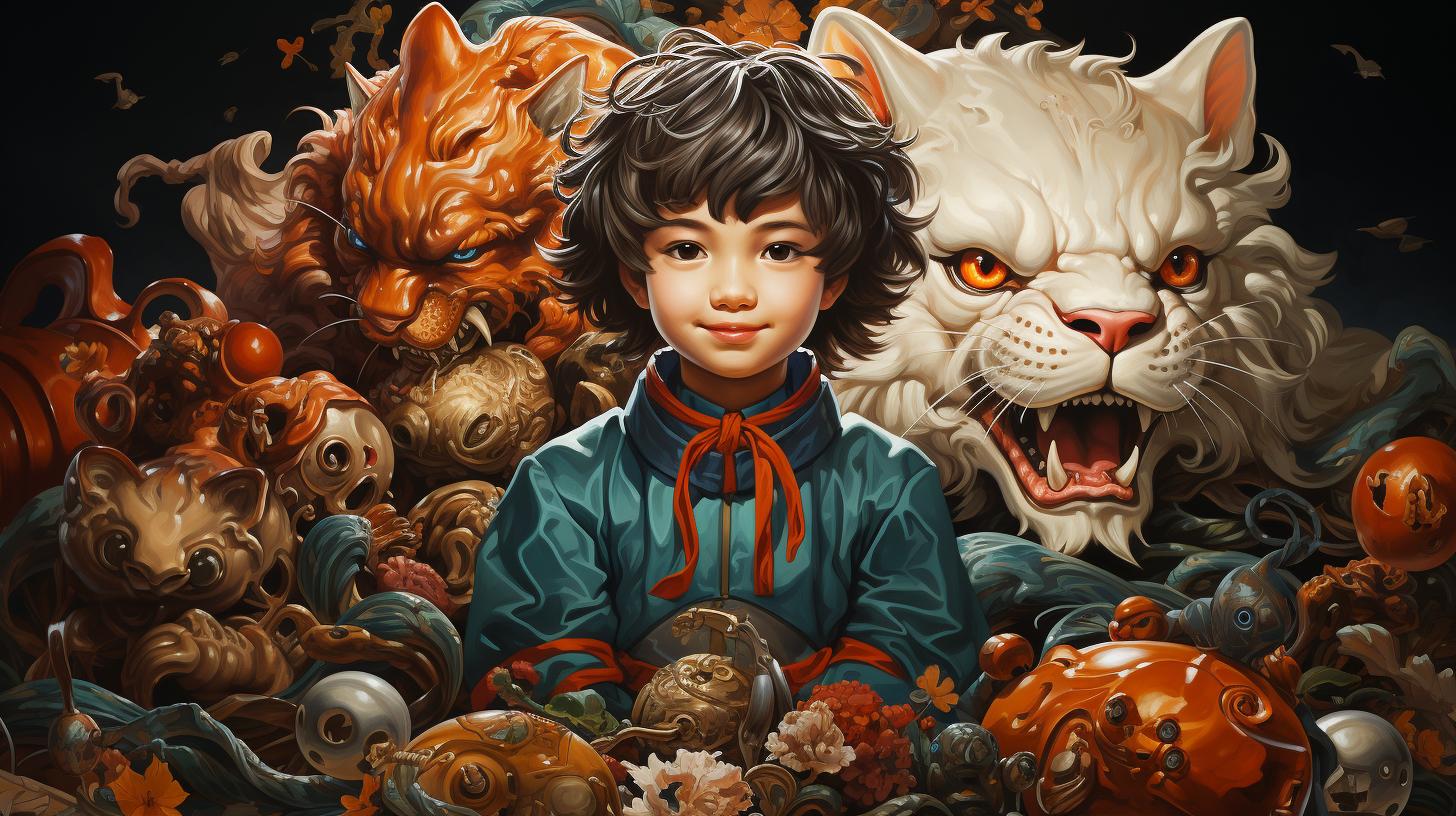Inari God: Worship, Origins and Influence in Japanese Culture
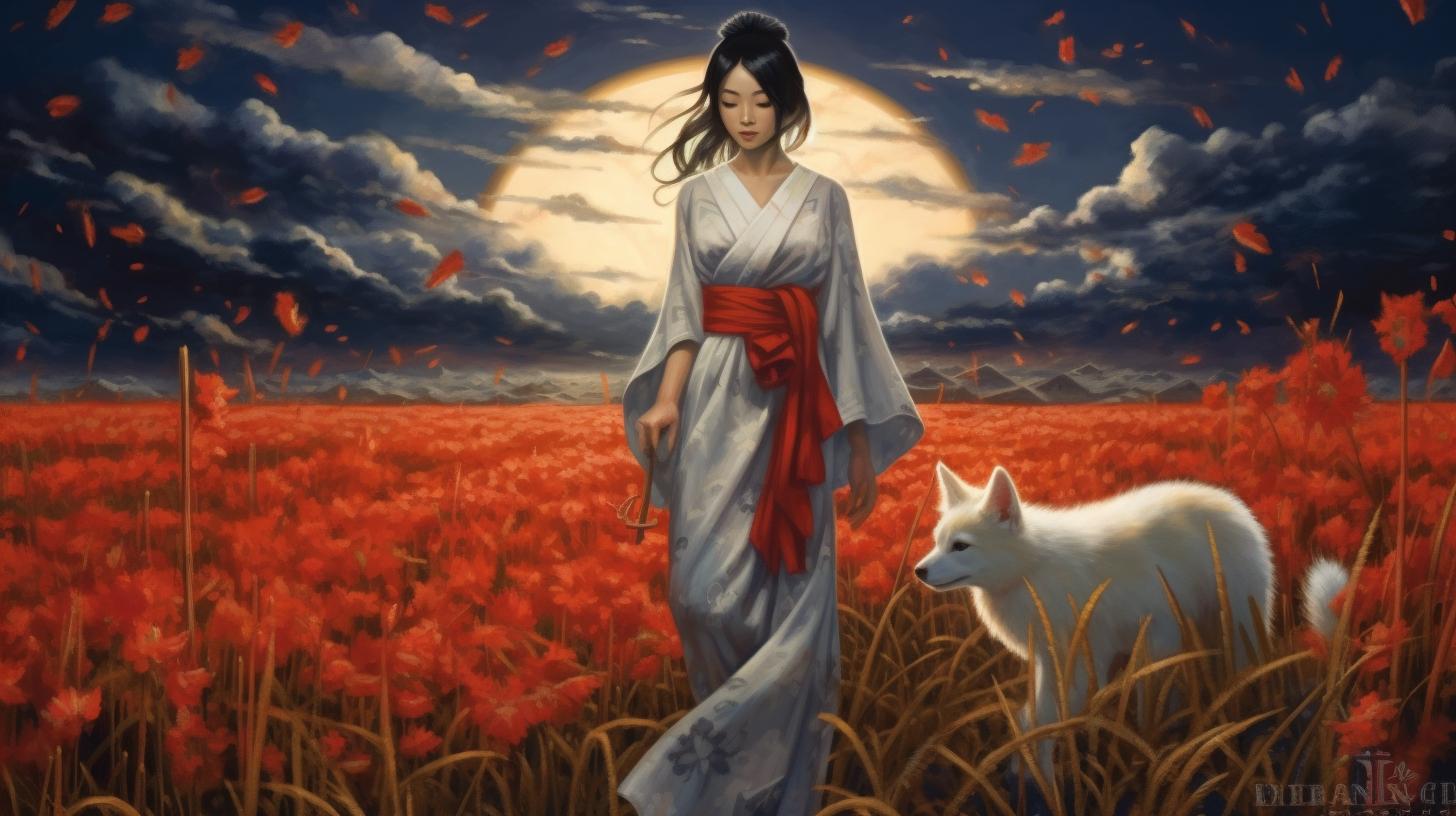
Inari God is one of Japan’s most famous and beloved deities, worshipped in both Shinto and Buddhist religions. Inari is associated with foxes, fertility, rice, tea, and sake, as well as prosperity, success, and industry.
The worship of Inari began in the late 5th century and has since grown into a widespread practice with over 40,000 shrines dedicated to the deity all across Japan. Inari’s influence has evolved over time, adapting to changing times and associated with prosperity and success in industry and crafting.
This article will explore the origins and history of the Inari worship, Inari’s relationship with other deities, and the place of Inari worship in contemporary Japanese society. We will also take a closer look at the Fushimi Inari Taisha, one of the most important shrines dedicated to Inari, and its impact on Japanese culture and society.
Origins and History of Inari Worship
Inari is a deity worshipped in both Shinto and Buddhist religions in Japan. It is the most popular and famous deity in Japan, associated with foxes, fertility, rice, tea, and sake, as well as prosperity, success, and industry.
The Deity Itself: Inari as Japan’s Most Famous and Popular Deity
Inari has a collective of three or five individual Kami and is often depicted as male, female, or androgynous deity. It is considered the protector of grains, which are crucial for the survival of Japanese culture and economy.
Therefore, Inari worship has played a significant role in Japanese history and culture, being a fundamental deity in Japanese mythology and religion.
Mythology and Historical Context: How Inari Worship Began in the 5th Century
The worship of Inari began in the late 5th century, during the Kofun period. During this period, people believed that nature was inhabited by spirits called Kami, who could bring them good or bad fortune.
Inari started to be worshipped as the patron of agriculture, especially for rice cultivation, being considered the god of abundance. It was believed that Inari could control the weather and ensure the fertility of crops, protecting them from disaster and encouraging growth.
Therefore, Inari worship started to spread throughout Japan, having several different forms adapted to the local culture.
Inari Worship Expands Across Japan: Pilgrimage, Shrines and Temples
The worship of Inari started to become increasingly popular and gained followers from different social classes, ranging from farmers to nobles and merchants. As the cult of Inari grew, so did the construction of shrines and temples dedicated to the deity, with over 40,000 shrines in Japan dedicated to Inari.
The most famous and significant Inari shrine is Fushimi Inari Taisha, located in Kyoto, built in 711 A.D. by Hata no Kawakatsu to thank Inari for his aid in the construction of irrigation canals that helped prosper the area.
The shrine gained fame due to the stunning vermilion torii gates, which number about 10,000 along the mountain trails to the shrine.
Inari in Shinto and Buddhist Religions
Kami, Deities and Their Characteristics in Japanese Religious Studies
Kami is a Japanese word that refers to deities or spirits that embody the power of nature, culture, and other aspects of life. In Japanese religious studies, kami are divided into three categories: amatsu-kami (heavenly kami), kunitsu-kami (earthly kami), and yorishiro (objects for the spirits to reside in).
In terms of characteristics, kami are seen as impermanent, interactive, and multiple. Impermanent means that the existence of kami is not considered permanent nor immortal. Interactive means that kami can be influenced by human prayers and actions, and could positively or negatively affect human lives.
Multiple means that kami could take on different forms or appear in several places at the same time.
Inari’s Relationship with Other Deities: Buddhist and Shinto Differences
Inari is a deity that is revered in both Shinto and Buddhist religions. However, there are differences in how the deity is perceived and worshipped in each religion. In Shinto, Inari is worshipped as a collective of individual kami that represent different characteristics and are associated with foxes, fertility, prosperity, and industry.
The deity is often depicted as male, female, or androgynous. In contrast, Buddhist views Inari as an aspect of Avalokiteshvara, a bodhisattva associated with compassion. Despite these differences, Inari worship has fused elements of both Shinto and Buddhist religions over time.
This is evident in the numerous shrines dedicated to the deity, where visitors could find both Shinto torii gates and Buddhist statues.
The Relationship Between Fushimi Inari Taisha and Shinto Shrines
Fushimi Inari Taisha is the most important and largest shrine dedicated to Inari in Japan. Located in Kyoto, it is known for its thousands of torii gates that make up the shrine’s famous torii tunnel.
The shrine has a unique relationship with other Shinto shrines in Japan, as many of them have sub-shrines dedicated to Inari. These sub-shrines act as extensions of Fushimi Inari and provide a way for the deity’s influence and blessings to be spread throughout the country.
In conclusion, Inari worship has deep roots in both Shinto and Buddhist religions, while also evolving to adapt to changing times. The deity’s association with foxes, fertility, prosperity, and industry has made Inari an important part of Japanese culture and society.
The relationship between Fushimi Inari Taisha and other Shinto shrines showcases the deity’s widespread influence across Japan.
Inari and Foxes
Kitsune: Foxes Associated with Inari and Their Importance
Kitsune, or foxes, are one of the most important elements in Inari worship. According to legend, foxes are considered divine messengers and serve as the guardians of Inari’s shrines. It is believed that foxes can transform themselves into humans, or use a person’s dreams to communicate with them.
Inari’s association with foxes can be traced back to the 8th century when agriculture was the main economic activity in Japan. Inari was considered a god of fertility and agriculture, and foxes were believed to be helpful to farmers when it came to hunting rodents that damaged crops.
The Fox and Inari Worship: Multiple Interpretations
The role of foxes in Inari worship is the subject of various interpretations and beliefs. Some worshippers view foxes as divine messengers that serve as intermediaries between Inari and humans. Others believe that foxes are spiritual beings that can bring good luck and prosperity.
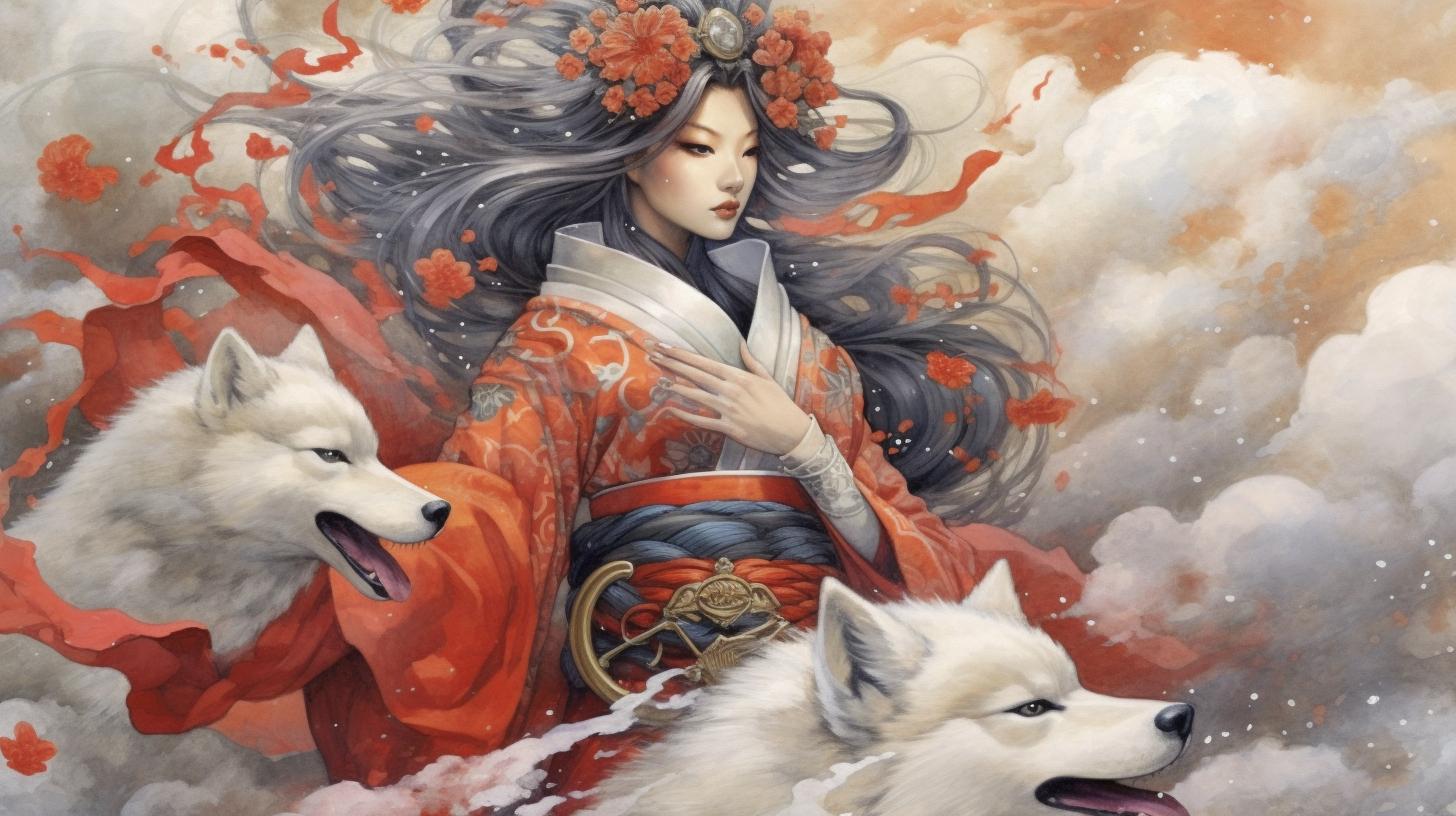
However, in some cases, foxes are also associated with negative aspects, such as deceitfulness, trickery, and cunning. This duality has led to foxes becoming symbols of both friendliness and malevolence.
Fox Statues and Symbolism
Inari shrines often include statues or figures of foxes. In most cases, these statues are painted red, a color associated with divinity, and are situated near the Inari deity. The number of fox statues varies depending on the shrine, with some shrines having a small number and others having hundreds of them.
Apart from statues, foxes are also represented in other forms of Japanese art and literature. For example, in the Tale of Genji, a classic Japanese novel, foxes are portrayed as magical beings that can transform into women.
In popular culture, foxes are often depicted in anime, manga, and video games. In conclusion, foxes play a central role in Inari worship and have become an integral part of Japanese mythology and culture.
Their influence can be seen in various aspects of Japanese society, from religion to art and literature.
Inari Worship Today
The Place of Inari Worship in Contemporary Japanese Society
Inari worship remains an essential part of Japanese religion today, with over 40,000 shrines dedicated to this beloved deity. Among the most significant of these shrines is Fushimi Inari Taisha in Kyoto, which is also the head shrine for all Inari shrines across Japan.
Millions of visitors come here every year to worship Inari and seek blessings for success, prosperity, and good health. In contemporary Japan, Inari worship has evolved to reflect modern society’s values and interests.
While some traditional practices still prevail, new customs have emerged, such as the use of lucky charms with Inari’s insignia or the offering of sake bottles, rice, or other foods associated with Inari to seek success in business or other personal endeavors.
Inari and Success: From Rice to Industry
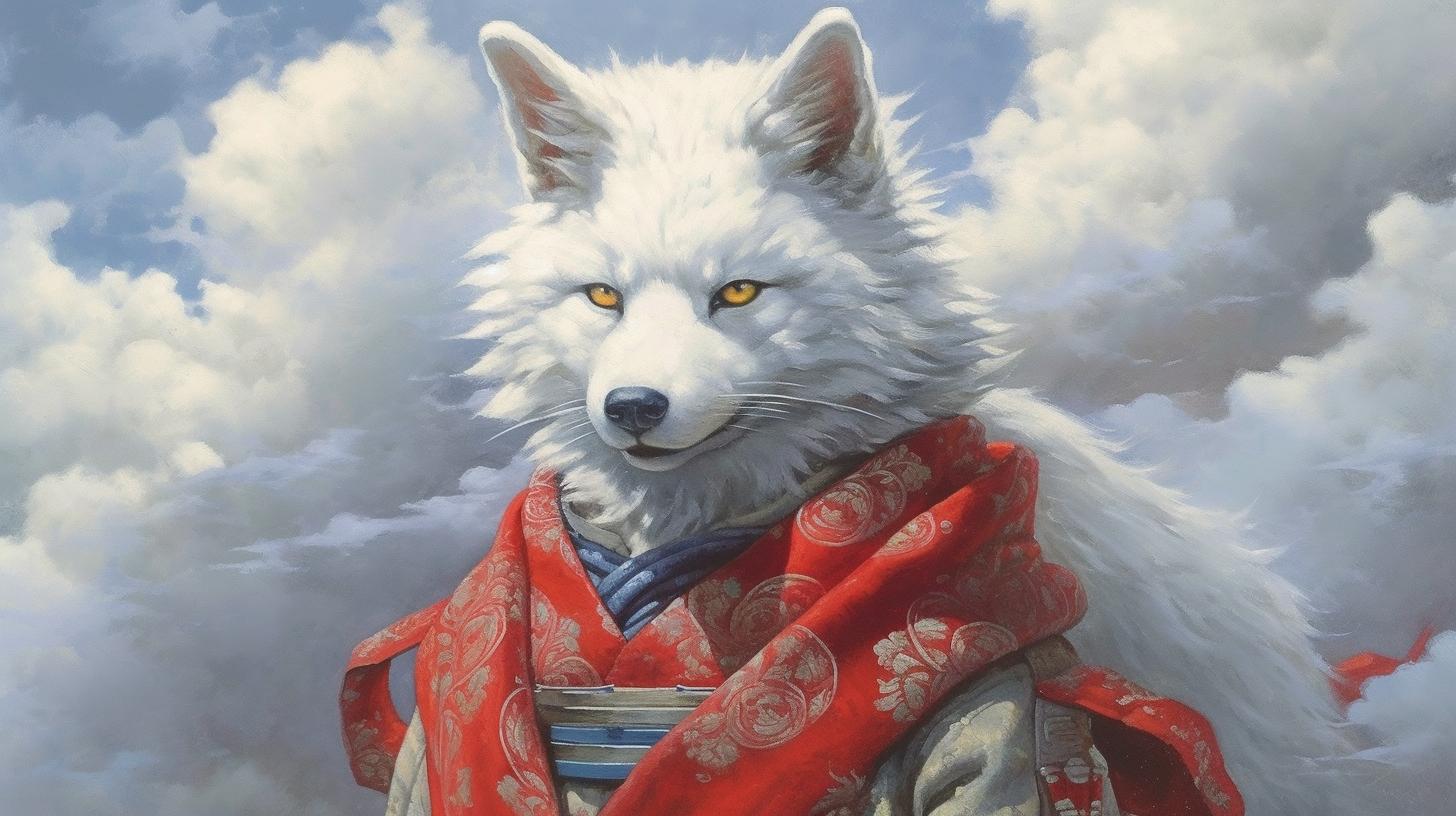
Inari has been associated with agricultural success since ancient times, with rice fields and foxes often depicted in paintings and sculptures dedicated to this deity. However, as Japan’s economy developed through the centuries, Inari’s status also evolved to become linked to industrial and commercial success.
Many companies have even adopted the name ‘Inari’ in their brand or logo as a symbol of prosperity and good fortune. Inari worship thus remains a popular tradition among business owners, entrepreneurs, and professionals seeking to boost their success or financial well-being.
The Patron Goddess and Private Meanings: Inari’s Shrines and Offerings
Inari’s shrines are not just places of worship but also hold deep cultural and personal meaning for many Japanese people. Some individuals have a personal connection with Inari and may visit a specific shrine to make private offerings or heartfelt prayers for guidance, protection, or healing.
Others may seek specific blessings, such as a successful marriage or childbirth. Inari’s shrines offer various types of omamori or amulets that cater to these diverse needs and desires. Some popular omamori include the ones for financial success, safety, or good health, while others are more specific to certain industries or professions, such as omamori for drivers or engineers.
Inari’s shrines also sell lucky charms, such as fox statues and miniature sake barrels, which people often display in their homes or workplaces as a symbol of prosperity and good luck.
In conclusion, Inari worship continues to play an essential role in Japanese religion and culture, with its deep roots in Japanese history and its relevance to contemporary society. The tradition of Inari worship is not only about asking for success and prosperity but also about honoring a deity that has been revered by many generations of Japanese people.
The Fushimi Inari Taisha
The Fushimi Inari Taisha is an important Shinto shrine located in Fushimi-ku, Kyoto. It is dedicated to the Inari God and is the head shrine of the approximately 40,000 Inari shrines located throughout Japan.
The shrine is famous for its thousands of vermilion torii gates that wind through the wooded hills of the shrine’s grounds.
The Impact of Inari Worship on Japanese Culture and Society
Inari worship has played a significant role in Japanese culture and society. The Fushimi Inari Taisha alone attracts millions of visitors each year and is a well-known symbol of Japan.
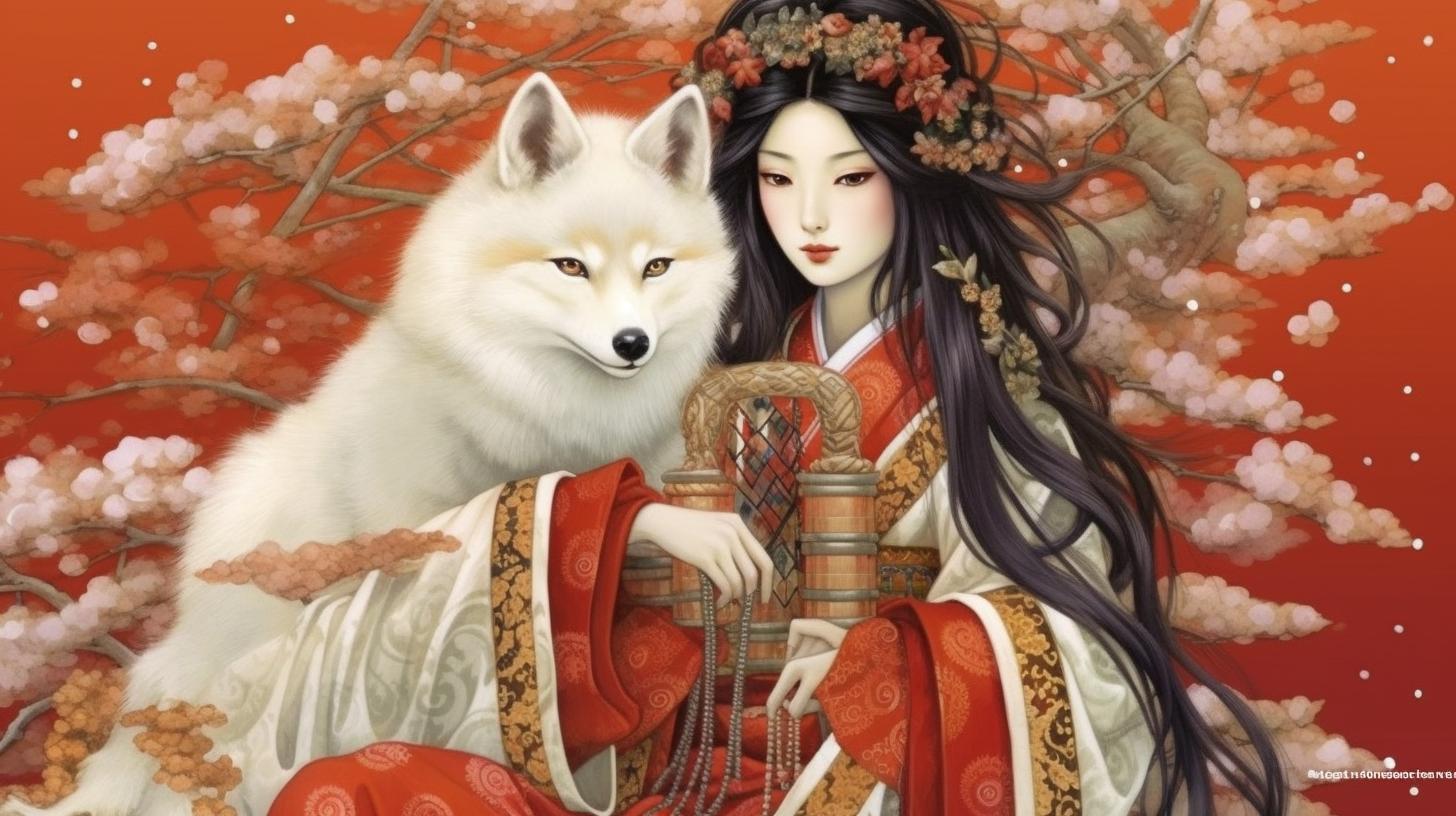
Inari worship is often associated with success in agriculture, industry, and crafting.
Many Japanese people offer prayers to Inari for good fortune in these endeavors.
Inari’s influence has extended beyond Japan as well. The fox, a symbol of Inari, is recognized worldwide as a Japanese cultural icon and is often depicted in Japanese art and literature.
Inari and the Seven Lucky Gods
Inari is often associated with the Seven Lucky Gods, a group of seven deities in Japanese mythology who represent good fortune and happiness. The Lucky Gods are worshipped in various Shinto and Buddhist traditions in Japan.
These deities are often depicted together, with Inari often depicted as the only female deity among them.
Future Developments in Inari Worship and Research
The Fushimi Inari Taisha continues to be an important site for Inari worship in Japan and has seen an increase in foreign visitors in recent years. The shrine has also been the subject of academic research, with scholars studying its architecture, artwork, and history.
Looking into the future, it is likely that Inari worship will continue to evolve and adapt to changing times. As the world becomes increasingly interconnected, the influence of Inari and other Japanese deities may continue to spread beyond Japan’s borders.
- Inari worship has played a significant role in Japanese culture and society.
- The Fushimi Inari Taisha alone attracts millions of visitors each year and is a well-known symbol of Japan.
- Inari’s influence has extended beyond Japan as well.
- Inari is often associated with the Seven Lucky Gods.
- The Lucky Gods are worshipped in various Shinto and Buddhist traditions in Japan.
- The Fushimi Inari Taisha continues to be an important site for Inari worship in Japan and has seen an increase in foreign visitors in recent years.
- Looking into the future, it is likely that Inari worship will continue to evolve and adapt to changing times.
.

